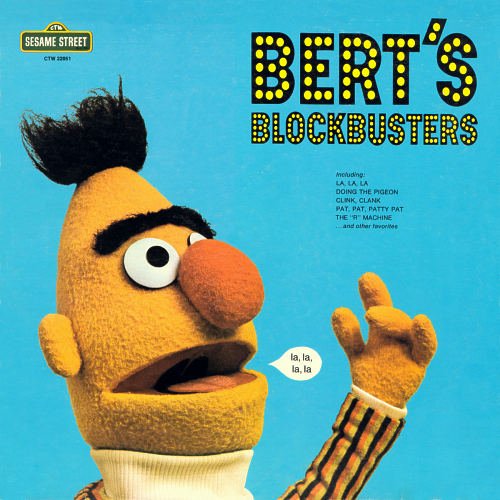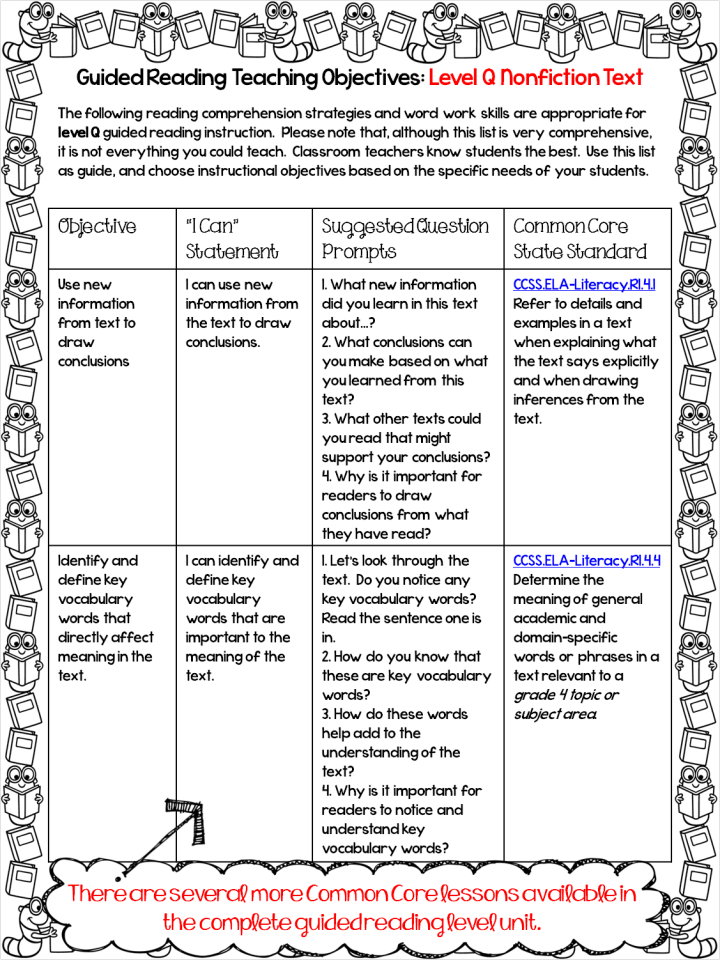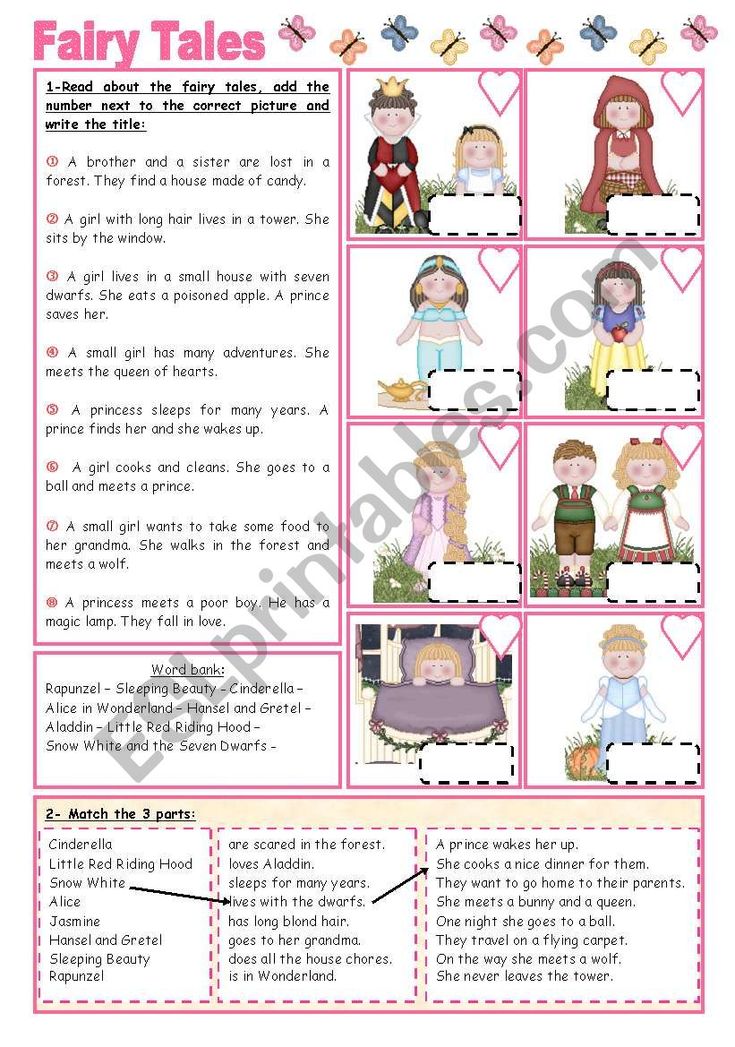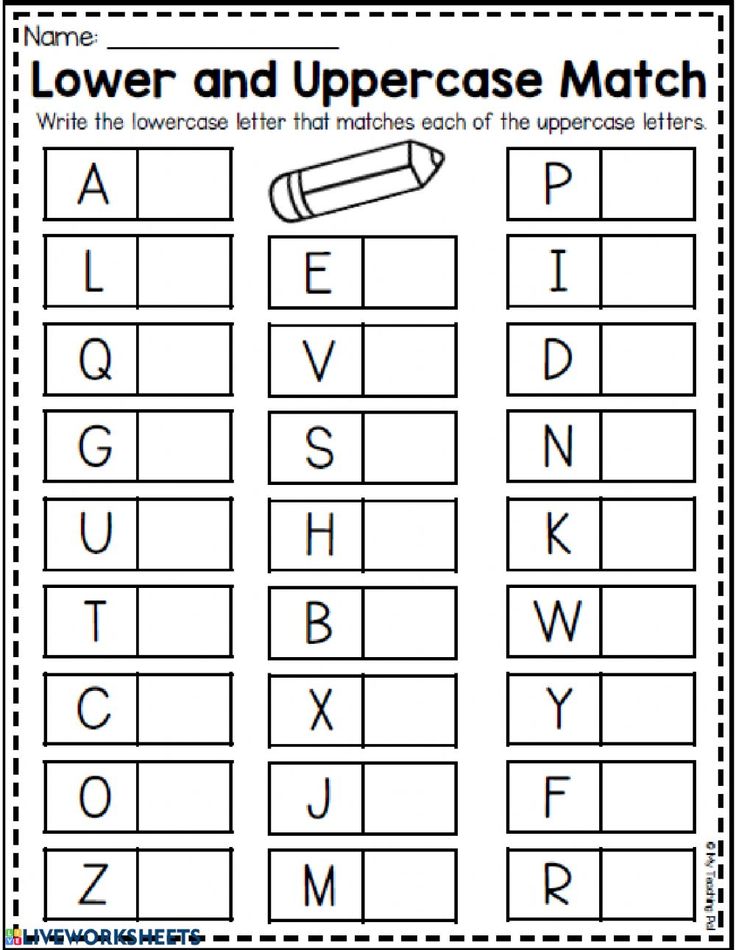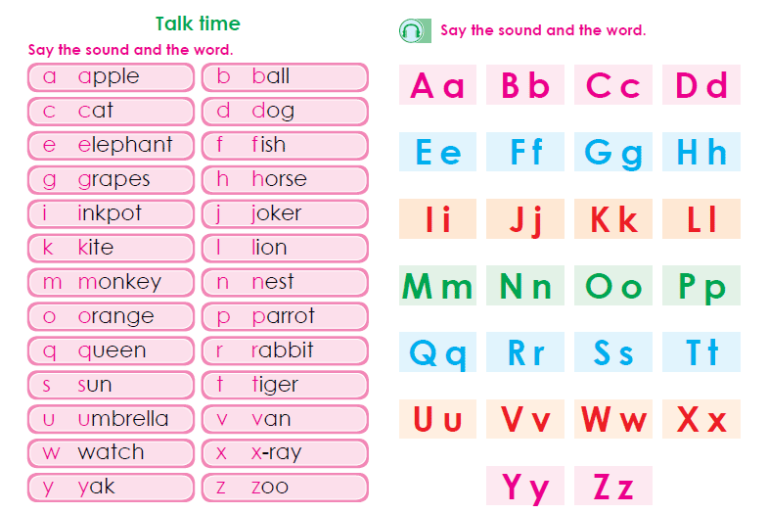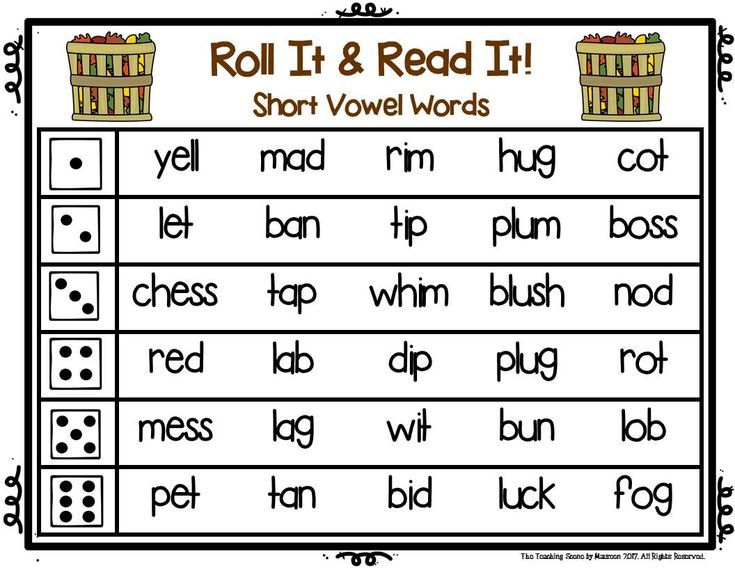Activities to practice sight words
48 Fun Sight Word Activities That Work
Teachers are always on the hunt for great sight word activities. Sight words are any words readers recognize automatically “by sight”—for fluent readers, that’s almost all words! High-frequency words, the most commonly occurring words in written English like those on the Dolch list, are often thought of as the most crucial sight words.
It’s a myth that blindly memorizing every letter in a sight word is the only way to learn it. The science of reading tells us that linking sounds and letters is the most effective way for kids’ brains to learn any word. Many common words are easy to tackle using beginning phonics skills (like “at,” “can,” “him,” etc.), so staying true to a strong phonics curriculum is one way to support kids’ sight word learning. Even irregularly spelled words have decodable parts, e.g., kids can use the sounds of “s” and “d” to help with “said,” even if the “ai” is unexpected. Experts often call these words “heart words” to call out for kids that they should learn the unexpected word parts “by heart.
” (If all this is unfamiliar to you, it can feel overwhelming, but you’ve got this! Check out teaching guru Jillian Starr’s explanation for more help.)
Check out these low-prep and engaging sight word activities for both teaching and practicing words.
1. Map it and drive it
This is a genius way to introduce words with appealing materials: Say the word, represent each sound with a LEGO brick, write letters for each sound, and “drive” to read it.
Source: @droppinknowledgewithheidi
2. Smush play dough for each sound
Set up a routine that works for any word. Play dough squishing for each sound is the ultimate multi-sensory component.
ADVERTISEMENT
Source: @playdough3plato
3. Map words with a magnet wand
It is so super-satisfying to drag those magnetic dots around! Watch the video below for lots of tips on introducing a word using this process.
Source: @warriorsforliteracy
4.
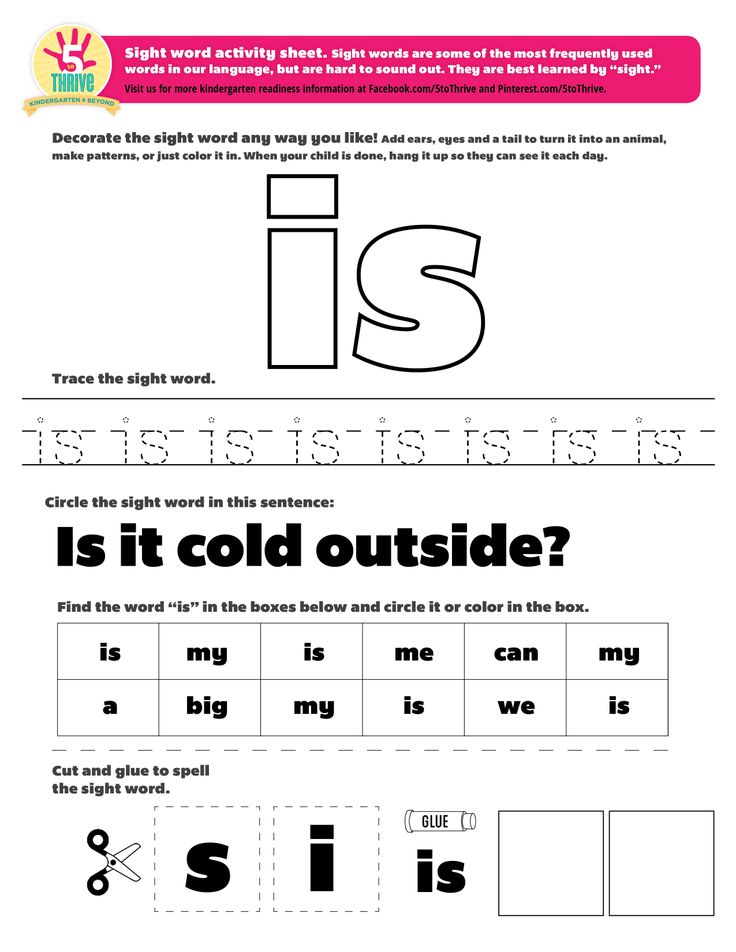 Make a mini book
Make a mini book
Lots of handy info in one place for your little learners.
Source: @hughesheartforfirst
5. Tap it, pop it, learn it!
Hardwire those words in kids’ brains with this comprehensive word intro routine. (You had us with the pop its!)
Source: @hellojenjones
6. Find and swat words
An oldie but such a goodie. Find a word in an array and WHACK! Swat it with a fly swatter!
Source: @kids_play_learn_laugh
7. Flip word pancakes
Serve up sight word pancakes while practicing spelling them aloud.
Source: @bee_happy_teaching
8. Wear heart word bracelets
Make kids feel like sight word VIPs.
Source: @teachingmoore
9. Search for sight word balls
Write sight words on ball pit balls with a chalk marker or dry-erase marker. Kids can race around hunting for balls to read and toss in a basket, or hunt through a big tub of balls for a certain word.
Source: @preschoolforyou
10.
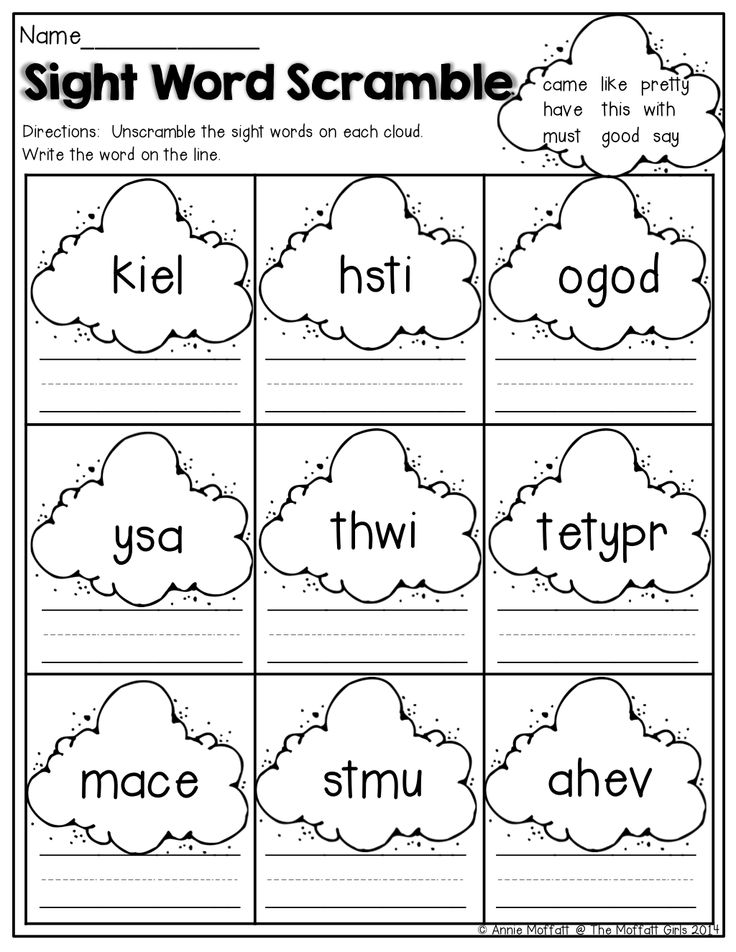 Start a sight word band
Start a sight word bandLoud but oh-so-fun! Feel the rhythm while tapping and reading sight words stuck to homemade percussion instruments.
Source: @earlyyears_withmrsg
11. Drive on a sight word path
This is one of many fun ways to use magnetic tiles for learning! Kids love “knocking down” word tiles with a toy car as they read each one.
Source: @travisntyler
12. Use sticky notes to inspire sight word sentences
Have kids stick words on items that give them ideas for sentences. “My Mom said to wear a helmet!” = so good!
Source: @kinneypodlearning
13. Write words on a sensory bag
So easy: Fill a zip-top bag with a small amount of kid-safe paint, seal well, and have kids practice “writing” sight words with their finger or a cotton swab.
Source: @makeitmultisensory
14. Wear a sight word crown
Wear your word proudly and practice reading others’ words. Fun in person or virtually.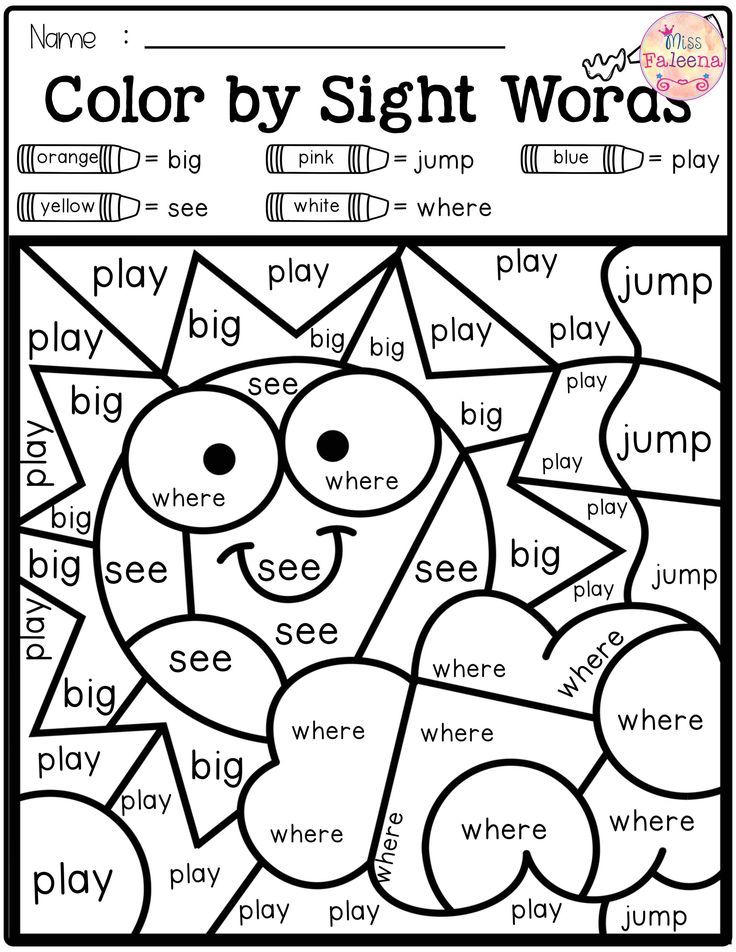
Source: @mrsjonescreationstation
15. Play a magnetic-tile board game
We love new ideas for ways to use magnetic tiles for sight word activities. Easy to set up and fun to play.
Source: @twotolove_bairantwins
16. Spell words to a familiar tune
Get sight words stuck in everyone’s head, in a good way. We’d add a line for chanting the sounds in the word!
Source: @saysbre
17. Feed a word monster
Nom, nom, nom.
Source: @ecplayandlearn
18. Search for the pom-pom under sight word cups
Read all the words as you try to find the cup that hides the prize.
Source: @la.la.learning
19. Play sight word KABOOM
This classroom classic is perfect for sight words. If you need a refresher on the rules, Jillian Starr covers them.
Source: @essentiallykinder
20. Roll and write words
Roll, write, repeat.
Source: @mylittlepandamonium
21. Write words with rainbow colors
Bonus points for aromatic markers.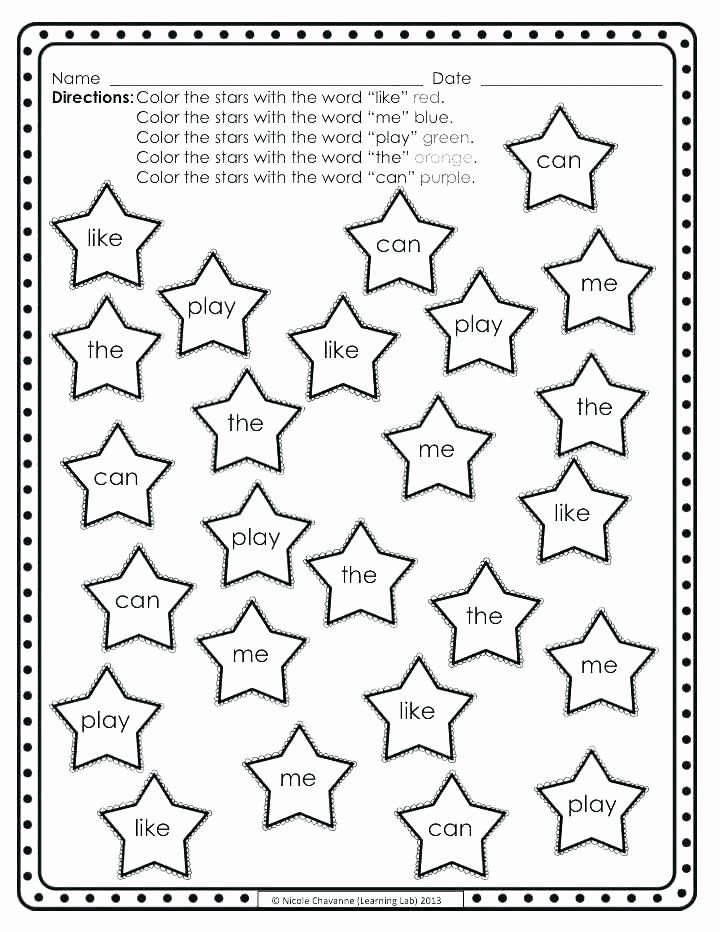
Source: @mylittlepandamonium
22. Trace words with flashlights
Stock up on batteries because kids never get tired of this!
Source: @giggleswithgerg
23. Find words in plastic eggs
Give kids a checklist of words to find as they open each egg.
Source: @blooming_tots1
24. Spy words around the classroom
Just add a magnifying glass and clipboard to make kids feel like supersleuths!
Source: @readingcorneronline
25. Find words in the morning message
Don’t forget about old standbys! This is one of our favorite ways to get kids to recognize sight words in connected text.
Source: @tales_of_a_kinder_classroom
26. Build words with bricks
Such a great use of extra building bricks!
Source: @raysinkinder
27. Write words in sand
Easy-peasy to set up and keep neat if you use plastic pencil boxes.
Source: @teacherhacks
28. Spell words on a construction site
Bulldozing over each word to read it is the best part!
Source: @planningplaytime
29.
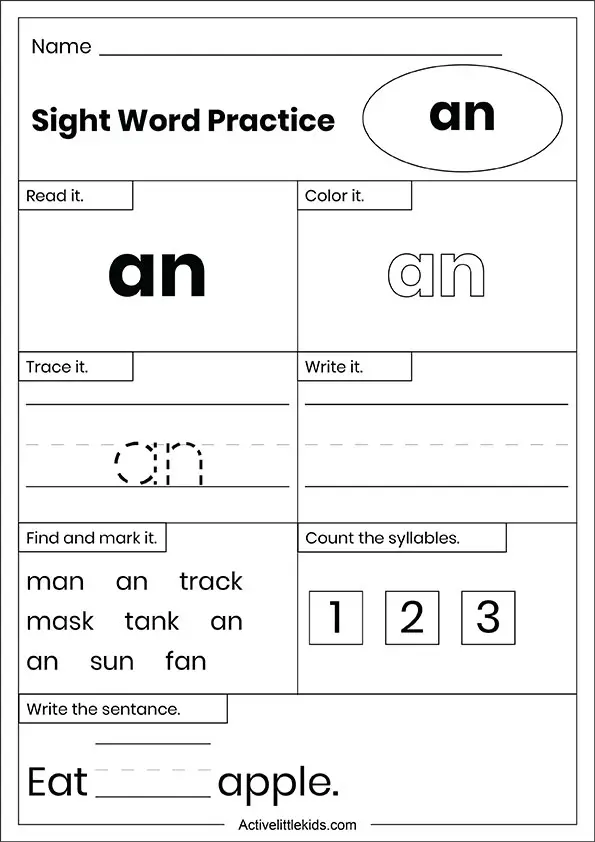 Spell words with toy cars
Spell words with toy carsDrive on over!
Source: @lozlovesprep
30. Park in a sight word “parking lot”
This one is easy to modify based on whatever toys are available in the classroom or at home.
Source: @msbendersclassroom
31. “Plant” words in play dough
Watch those reading skills grow!
Source: @planningplaytime
32. Build words in a sensory tub
Because spelling is just more fun when your hands are covered in beans!
Source: @coffeeandspitup
33. Write words on a magnetic drawing board
That eraser track makes for a perfect word card holder!
Source: @moffattgirls
34. Or write words on the window!
Everyone wants a turn to write on the window!
Source: @kindergarten_matters
35. Shhh! Discover words written in invisible ink
Write words in white crayon and reveal them with watercolors on top!
Source: @teachstarter
36.
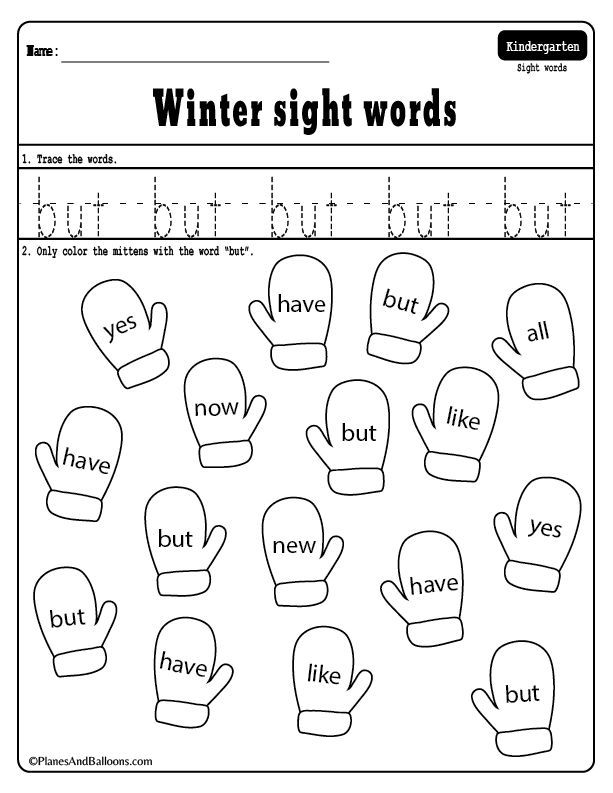 Dot-paint words with a cotton swab
Dot-paint words with a cotton swabCalming and effective.
Source: @sightwordactivities
37. “Type” words on a keyboard
Busy day at the sight word office! Use a keyboard cover or any old keyboard.
Source: @lifebetweensummers
38. Read words before heading through the door
The line leader can double as the word pointer during transitions.
Source: @ms.rowekinder
39. Read the word the teacher’s wearing!
Wait, is there something on my shirt?
Source: @theprimarypartner
40. Take a sight word cakewalk
Choose a winning word when the music stops!
Source: @joyfulinkinder
41. Play sight word hopscotch
If you can’t get outdoors, tape on the floor works just as well.
Source: @wheretheliteracygrows
42. Play tic-tac-toe
I’ll be team “the.”
Source: @create_n_teach
43. Go sight word bowling
No bowling pins? Use half-filled plastic water bottles instead.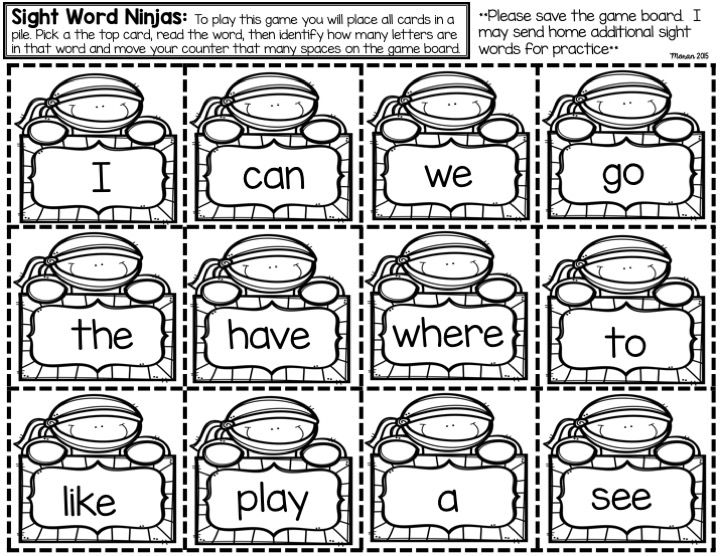
Source: @thecreativeteacher_
44. Ready, aim, read
Just throw a beanbag at a word target if foam darts are a no-go.
Source: @laurens_lil_learners
45. Play muffin tin ball toss
Toss and read. It’s easy to use colored muffin cups to prep different sets of words.
Source: @homeschooling_fun_with_lynda
46. DIY sentence flash cards
Authentic use of words in context for the win.
Source: @teachertipsandtales
47. Play sight word checkers
King me! If kids don’t have a partner available, they can “play” with a stuffed animal and get double practice.
Source: @sightwordactivities
48. Play sight word Guess Who?
Set up this game once and use it forever.
Source: @lessons_and_lattes
We’d love to hear—what are your favorite sight word activities? Share in the comments below.
Want more articles like this? Be sure to sign up for our newsletters.
Plus, what are sight words?
40+ Fun Ways to Practice Sight Words
The challenge with teaching sight words is that children need so much repetition – and that can get boring.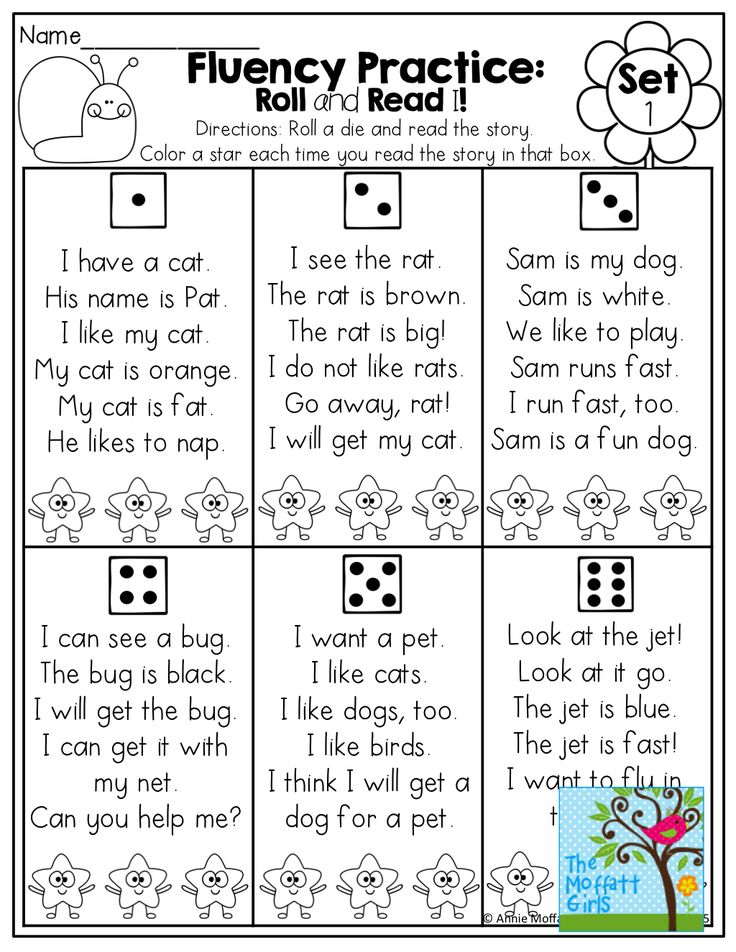 So having a big list of fun ways to practice sight words can help you keep your students engaged longer.
So having a big list of fun ways to practice sight words can help you keep your students engaged longer.
If you teach kindergarten, then you probably already know that sight words are a big step in early literacy. Yes, phonics is critical too, but learning how to read some common words instantly really helps kids hit the ground running!
Of course, you want to make sure children are really ready to learn sight words so that no one gets frustrated.
These sight word practice ideas are sure to make work time feel more playful! Even better, many of these are multi-sensory activities – which we know actually help children learn better.
Write the Words in Fun Ways
- Trace the word on a sand, kinetic sand, or salt tray.
- Trace laminated sight word cards with finger paint or shaving cream (less mess than paint!).
- Go outside and write words with sidewalk chalk
- Or, stay inside and write the words on an easel or whiteboard.
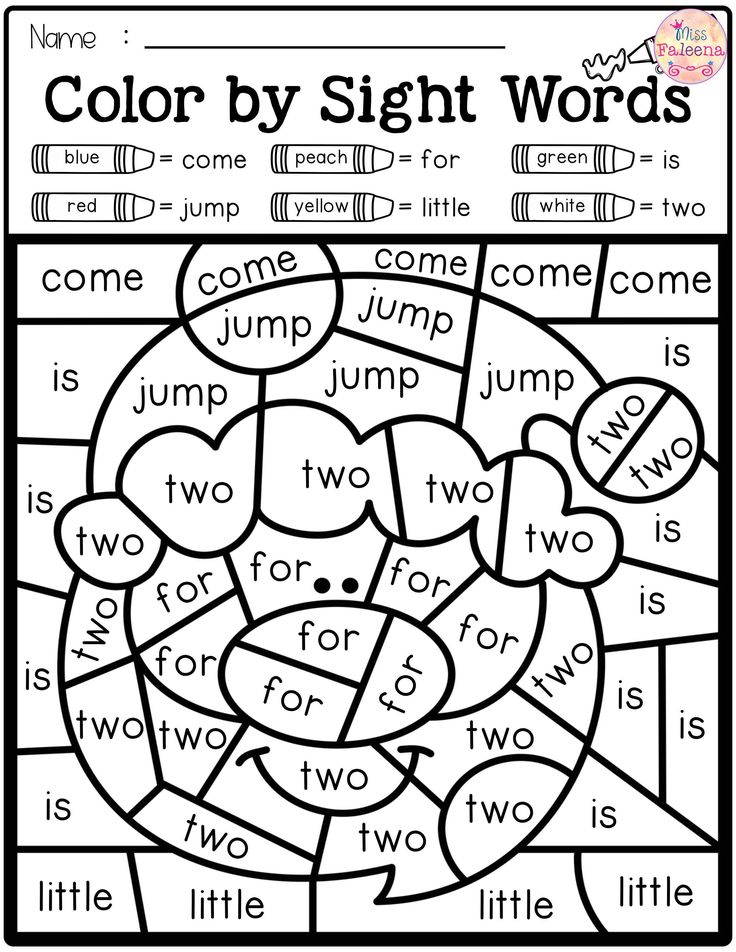 Dry erase markers make everything more interesting!
Dry erase markers make everything more interesting! - Write or trace the words with glitter markers, scented markers, etc.
- Print off these cute worksheets and rainbow write the words!
- Write the words on a Magna Doodle magnetic drawing board.
Build Sight Words with Hands-On Materials
- Use playdough to build words.
- Build words with letter tiles, blocks, or alphabet beads.
- Use magnetic letters to spell out sight words.
- “Write” out the words with letter stamps.
- Create words out of dried macaroni and spaghetti, alphabet shaped pasta, or even letter shaped cookies.
Gross Motor Sight Word Practice Ideas
Active children learn well when they can move around. Plus, providing lots of opportunities for physical activity helps them stay engaged and interested in learning.
Here are some ideas that could work in a larger classroom or nearby hallway:
- Set up a sight word scavenger hunt where kids have to find the words and read them aloud.
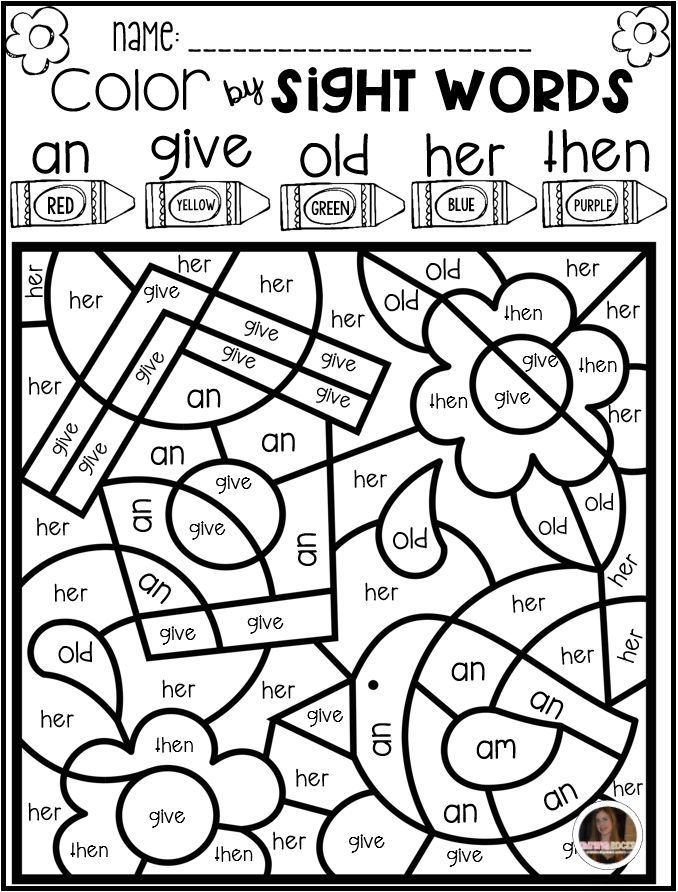
- Make a sight word bean bag toss game: place words on the floor and try to toss a beanbag onto them. Read the words as part of playing.
- Try having kids jump over to the words on the floor instead of tossing a beanbag onto them.
- Play a matching game with 2 identical decks of word cards. Keep the first deck in a stack on one side of the classroom. Then, on the other side of the room, spread out all of the cards from the other deck. Students draw a card, read it, then walk across the room to find its match. Repeat until each sight word card has a match.
- Play a balancing game where students walk across a long strip of masking tape on the floor. Place word cards along the line for children to stop and read. Encourage them to use their imaginations and pretend they’re walking across a log bridge, tightrope, etc.
- Pretend to write the word in the air with their finger as a “pen.
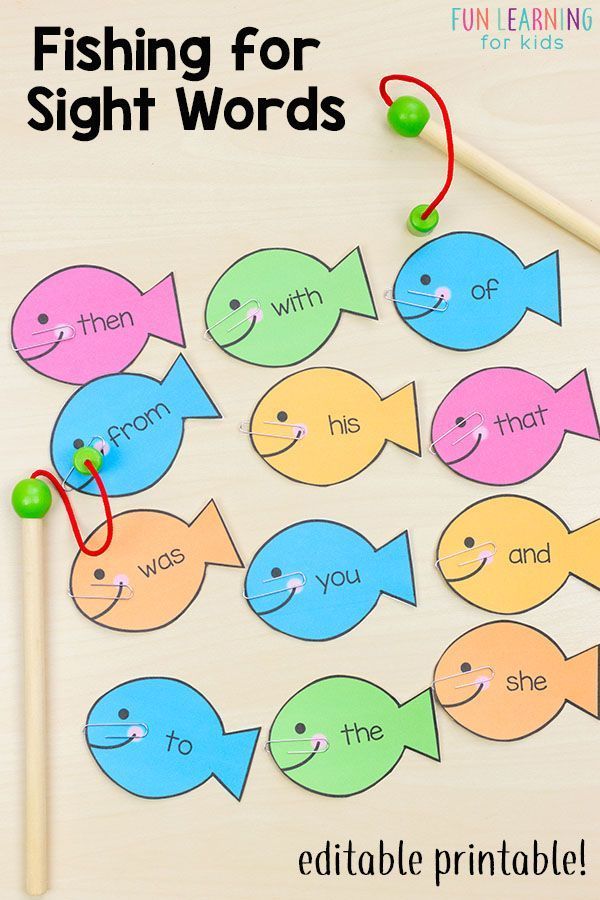 ”
”
Imaginative Play Sight Word Practice
When attention is lagging, some kids may respond to using imaginative play in their sight word practice!
- Have dolls, stuffed animals, or action figures “search” for certain sight words. (Ages ago my kids practiced sight words with toy animals).
- Similarly, you can have toy vehicles drive around to read and collect sight word flashcards.
- Give the child puppets to read out words. It’s fun to ready your words in a silly voice!
- Play police or fire dispatcher: say something like “there’s an emergency at the word have“! Then the child races to find that word card and pretend to help.
- Involve the kids in inventing a simple sight word game with favorite themes or characters.
Musical Sight Words
A quick search on youtube will bring you lots of sight word songs. Jack Hartman’s high-energy interactive songs are super popular. If you want some sweet, calming sight word songs, then Molly Songs may be for you:
You can also just make up songs on the fly using familiar tunes and popular songs.
If you want your students to focus more on the sounds of each letter, and notice which words are irregular – a la Science of Reading – then you might like this newer playlist that I found from Nitty Gritty Phonics. There is more silly/engaging acting than singing, and the production value isn’t as high, but I think the educational value is fantastic.
Practice with Sight Word Apps
Practicing sight words with an app can be another easy way to keep kids interested in learning.
Some popular sight word apps include:
- ABC Mouse (ad)
- Reading Eggs
- Learn Sight Words (ipad, iphone only)
- Sight Words from RV App Studios
You can also practice with Boom Cards, which are wonderful because they can give teachers data about exactly which words students are struggling with.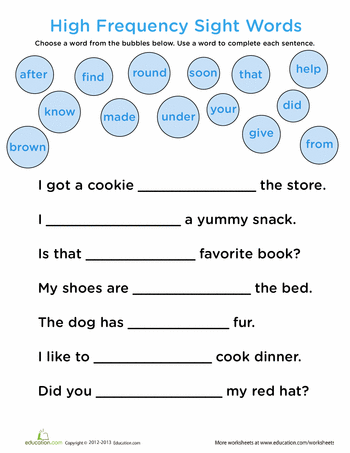
Hands-On Sight Word Worksheets
Sight word worksheets don’t have to be boring. Many good ones incorporate interesting materials, such as dot markers, stamp markers, etc.
Here are a few from this site and in my store that you might like:
Easy Prep Sight Word Center Activities
You also can print off and prepare cute sight word puzzles, feed the sight word activities, and more.
- Swat the Sight Word
- Sight Word Fishing Game
- Popsicle Stick Sight Word Puzzles
- Feed the Cow Sight Word Activity
In conclusion, young children can practice sight words in so many ways! You really don’t need to bore them with flashcards and drills. They’ll learn by having fun!
Learn how to keep your eyesight, useful tips and exercises for the eyes
The eyes are an important and vulnerable organ. During human life, the load on the eyes increases. If the eyes are not given due attention, then over time, vision becomes worse, characteristic diseases appear.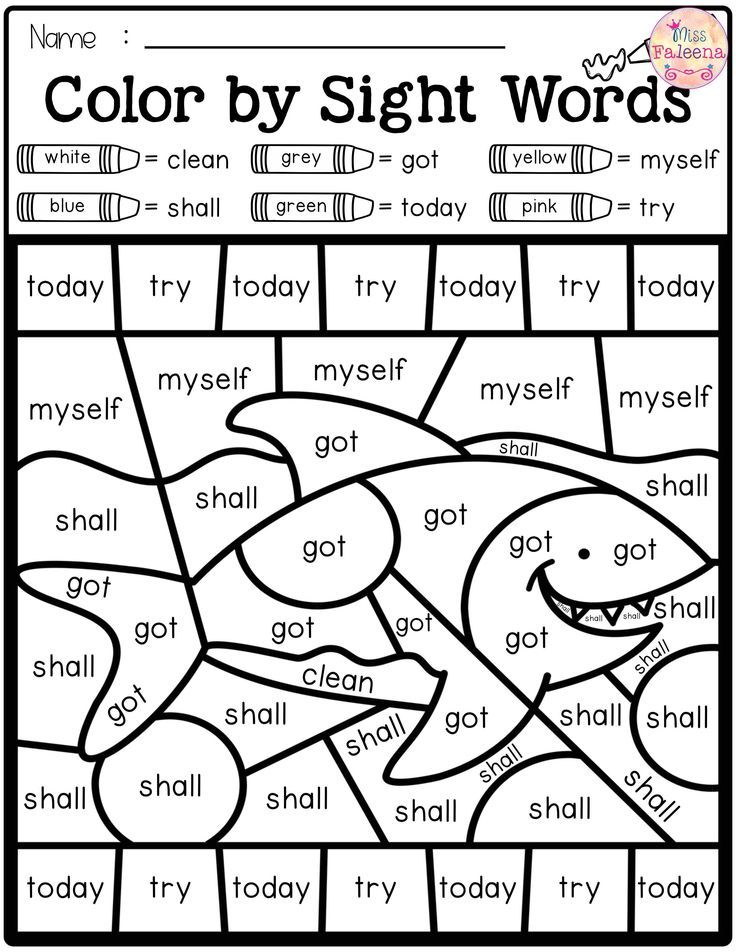
How to maintain vision for many years? There are eight rules, adhering to which, you can protect your eyes from the aggressive effects of external factors. This will help maintain eye health and prevent the development of characteristic diseases.
Rules for maintaining vision:
- Sleep well. Regular lack of sleep has a bad effect on the state of the optic nerve, as a result of which the quality of vision is noticeably reduced.
- Rest your eyes during an active day. While reading, watching TV, working at a computer, you need to pause (10-15 minutes). It is advisable to devote one or two such pauses to special exercises for the eyes.
- Watching TV and reading books is important in a well-lit room. The habit of watching TV in the dark is detrimental to eye health.
- Read in correct position. It is strictly forbidden to read books while driving (in transport, while walking). You need to read while sitting, you should not get used to reading lying down.
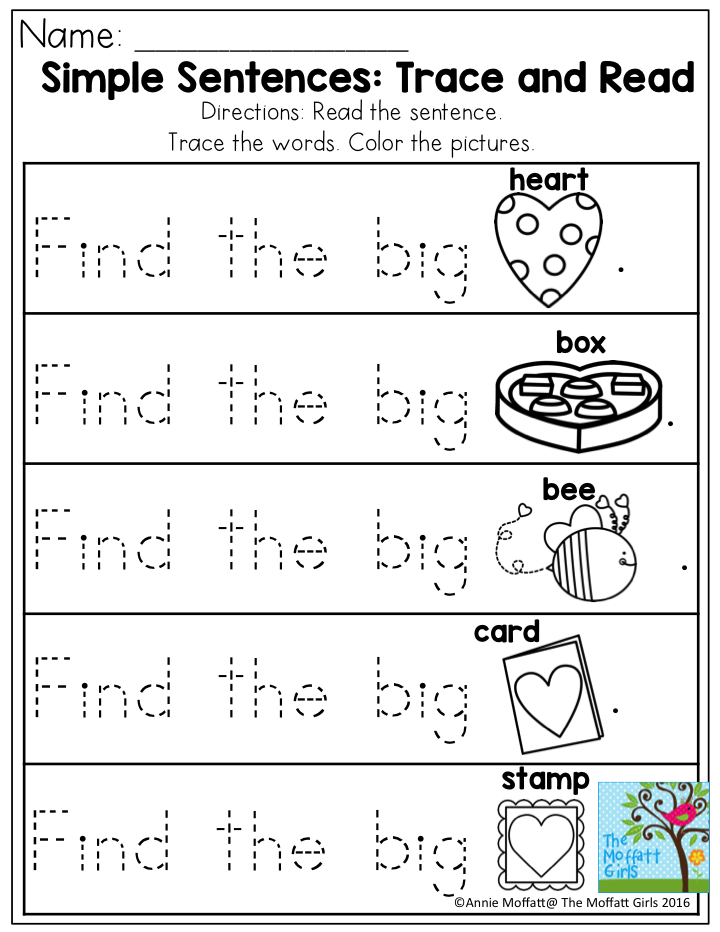
- Do not squint. This habit not only spoils the appearance, but also negatively affects the eyes.
- Eat foods rich in vitamins A, E, C.
- Rest more often, walk in the fresh air.
- Visit an ophthalmologist regularly for preventive examinations.
How to keep a child's eyesight?
WHO statistics show that almost every fourth student has vision problems. But the health of the eyes must be protected from childhood. Missing this moment at a young age, in the future, you can face extremely serious eye diseases that can lead to partial loss of vision or blindness.
What should caring parents pay attention to in order to prevent the development of dangerous vision problems in children?
- Watching TV, sitting at a computer or tablet for children should be dosed. Kids aged 2-3 years are recommended to watch cartoons no more than 15-20 minutes a day. Children aged 4 to 7 years should spend time watching TV, tablet, computer no more than 30-40 minutes a day.
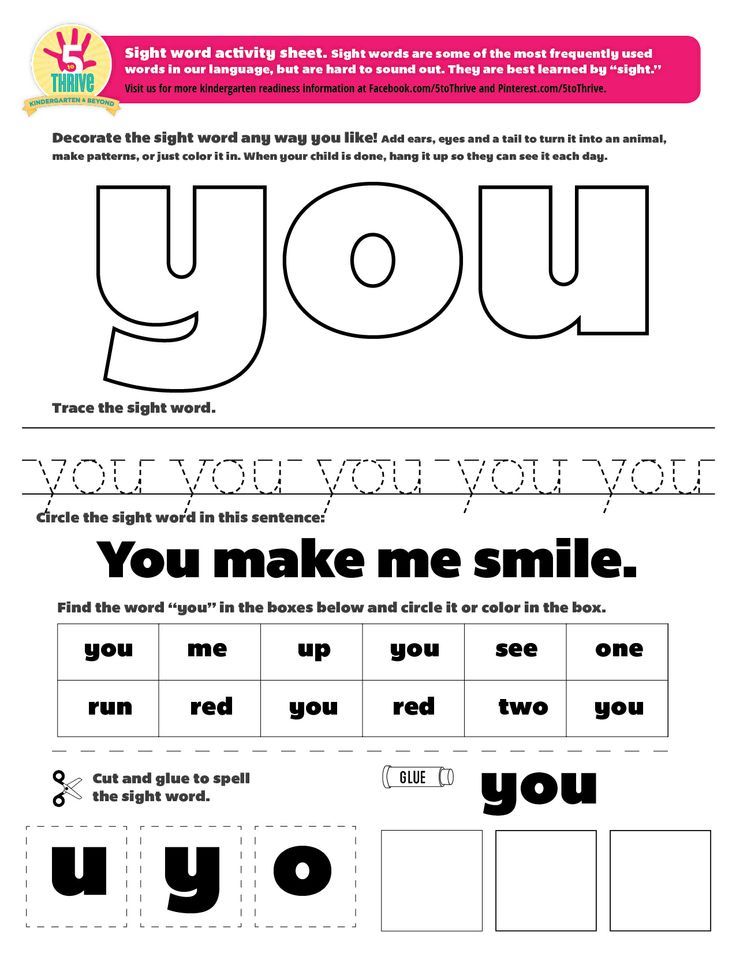 Schoolchildren over the age of 7 are recommended to spend no more than 1.5-3 hours on such eye loads, always with breaks.
Schoolchildren over the age of 7 are recommended to spend no more than 1.5-3 hours on such eye loads, always with breaks. - Training loads involving reading, writing, drawing and other disciplines that require the load of the visual organ must be combined with active physical exercises (preferably in the fresh air).
- The child's diet must include the entire complex of useful substances. A particularly important product for vision is carrots. It is advisable to include this vegetable in the child's diet in the amount recommended for baby food.
- Parents should be attentive to any child's complaints about eye health. At the slightest suspicion of visual impairment or the development of other eye diseases, you should consult an ophthalmologist. All children, without exception, are recommended to undergo a preventive examination by an eye doctor once a year.
Influence of computer and TV on eye health
Modern man is overloaded with exposure to various devices.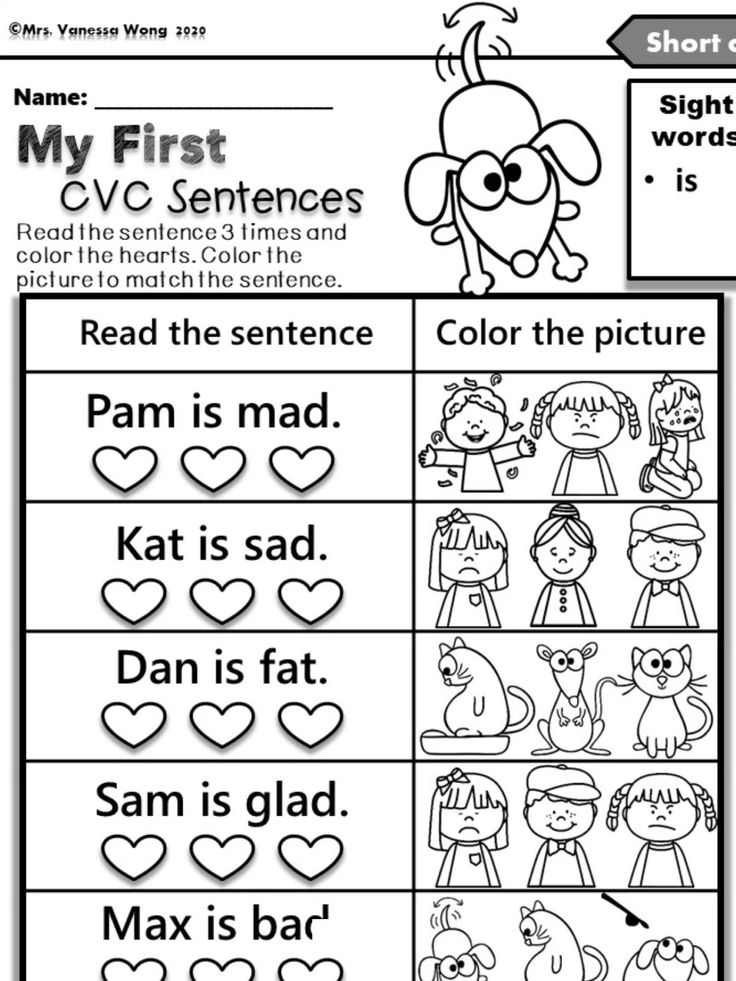
We work at a computer, search for information and communicate through phones, video communicators, play consoles and other devices, watch TV before going to bed, and scroll through the news on a tablet in the morning. It does not matter whether a person is working or resting, his eyes are always in tension. Such loads are detrimental to vision. This must be taken into account. It is desirable to reduce the frequency and intensity of such loads. To preserve vision, it is important to follow simple rules for interacting with a computer, TV, book:
- The time of continuous "communication" with the TV or computer cannot be longer than one hour. You need to take a short break. It is better to refuse further load if sitting at the monitor is not related to work.
- The distance from the eyes to the screen measuring 32-46 inches diagonally must be at least 3-3.3 m. The distance from the monitor to the eyes can be at least 40-70 cm. The distance from the book to the eyes must not be less than 30 -40 cm.
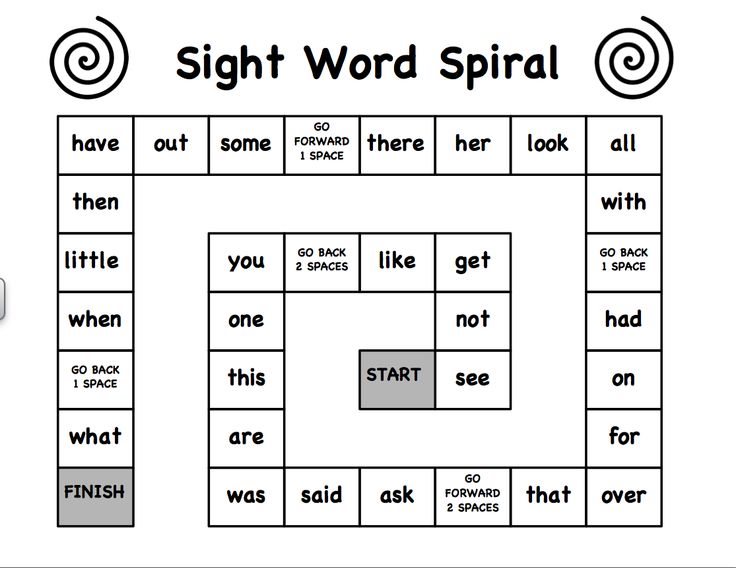 You need to read in the right light - the overhead light should be turned on in the room.
You need to read in the right light - the overhead light should be turned on in the room. - If you feel tired, dry, sore eyes while working at a computer, you must definitely rest. In case of fatigue of the organ of vision, it is necessary to relieve tension with the help of special gymnastics.
Exercises for maintaining eyesight
In order to prevent the load on the organ of vision from becoming fatal, it is worth removing fatigue from the eyes with the help of simple exercises:
"Palming"
The simplest and most effective exercise. It is necessary to rub the palm on the palm until the tissues warm and attach both hands to the eyes crosswise. The fingers should join each other in the area of the "third" eye, the eyelids should be covered. In this position, it is necessary to spend several (2-5) minutes until a feeling of tension is felt.
"Blind Man's Bluffs"
This exercise perfectly helps to relax the muscles of the visual organ and remove excess tension from the eye muscles, and also promotes blood flow to this area.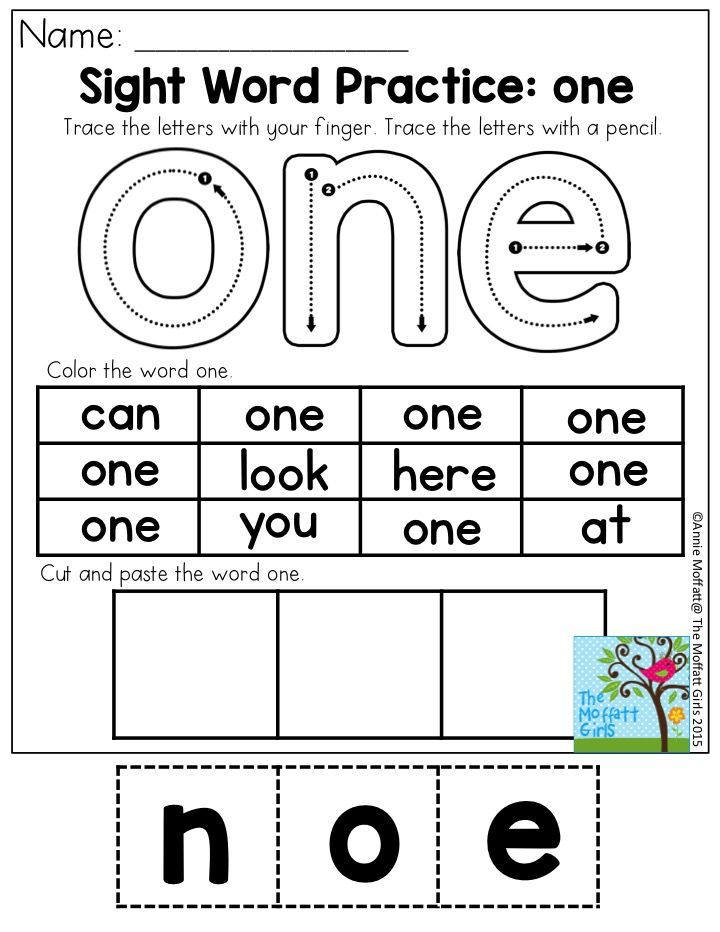 It is necessary to close your eyes tightly 3-5 times, then relax.
It is necessary to close your eyes tightly 3-5 times, then relax.
Up and Down
An excellent exercise for training the eye (oblique and transverse) muscles. The head needs to be fixed motionless, and the eyes should first be gently raised up, imagining how they go beyond the base of the back of the head, then slowly move down, mentally taking them behind the chin. Such gymnastics must be done 3-4 times.
Infinity
This exercise trains the muscles of the organ of vision and eliminates unnecessary tension. The head must be kept still, and the eyes should smoothly draw a horizontal eight. This must be done 6 times, 3 times in one direction and the same number of times in the opposite direction.
When performing any exercise, it is important to remember: no pain and discomfort! If discomfort is felt during gymnastics, it is better to stop performing movements. If you experience discomfort or pain, you should consult your doctor.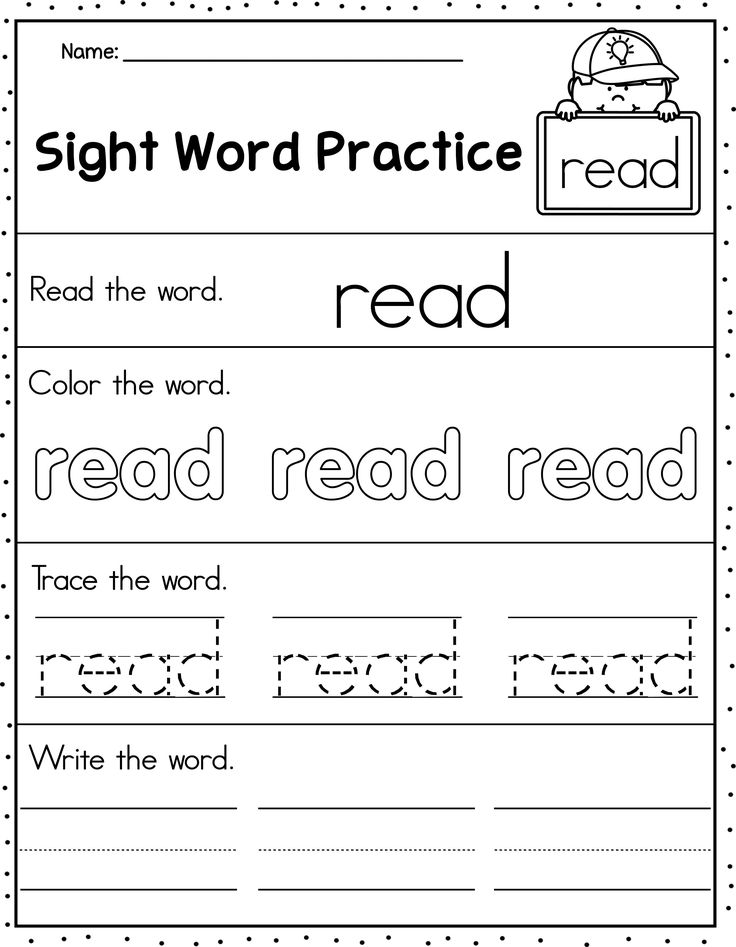
If after reading the article you still have any questions, do not hesitate to call us or ask your question using the messenger. Our experts will answer and explain all points of interest.
How a manicurist can save his eyesight - exercises and tips
June 21, 2019
The eyes of a modern person are subjected to significant overloads every day. The fast pace of life does not allow us to notice all the little things, as we get only a general picture of what is happening around. Ophthalmologists recommend taking care to preserve the body's natural abilities - hearing, sight and touch. This is especially true for specialists whose professional activities have a negative impact on these organs.
Manicurists and pedicurists often prioritize work and sacrifice the needs of the senses. As a result of this, at some point they realize that their eyes have lost their former clarity, and by the evening their eyes are constantly tired.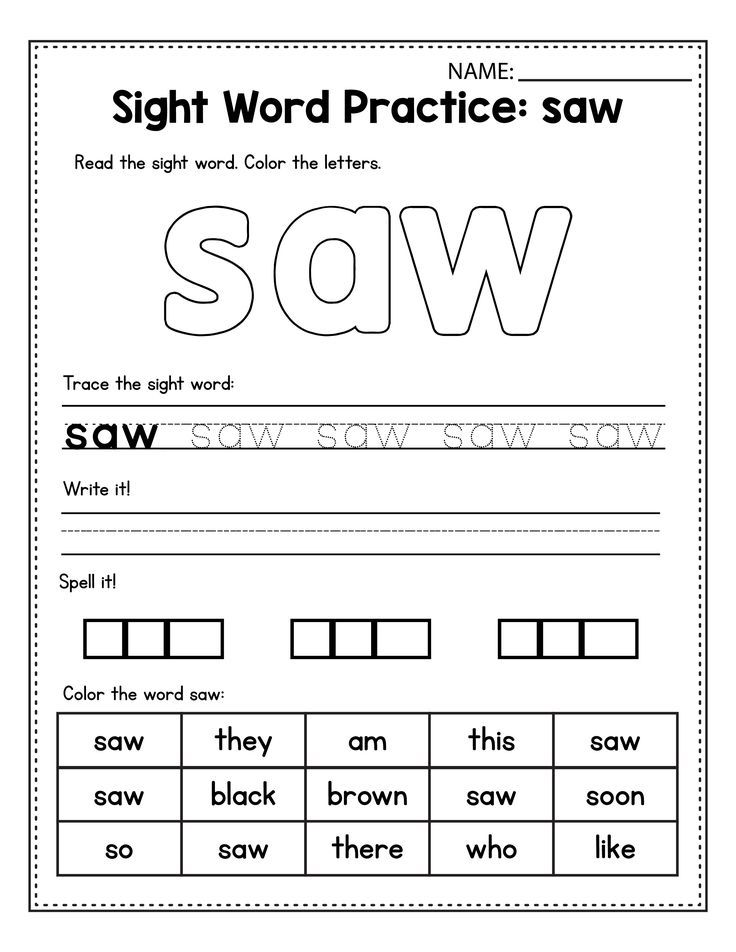 Proper nutrition and regular relaxation will help restore performance, as well as minimize the negative consequences of professional activity.
Proper nutrition and regular relaxation will help restore performance, as well as minimize the negative consequences of professional activity.
Causes of vision problems
Manicurists, due to the nature of their work, regularly strain their eyes. The main danger is asthenopia, which leads to rapid fatigue of the visual receptors. This disease can also lead to nearsightedness and farsightedness.
Due to the peculiar structure of the pupil, it receives an increased load during prolonged contact with an object located at a close distance. After that, the eye cannot quickly focus and it takes a long time to switch to the mode of viewing a distant object.
Manicurist, by the nature of his work, often interacts with small objects. Because of this, at the end of the working day, he may feel discomfort, headache and fatigue. If the eyes are regularly in tension, then over time this leads to serious inflammatory processes.
Expert advice
Manicurist work in the salon or at home involves a sedentary lifestyle.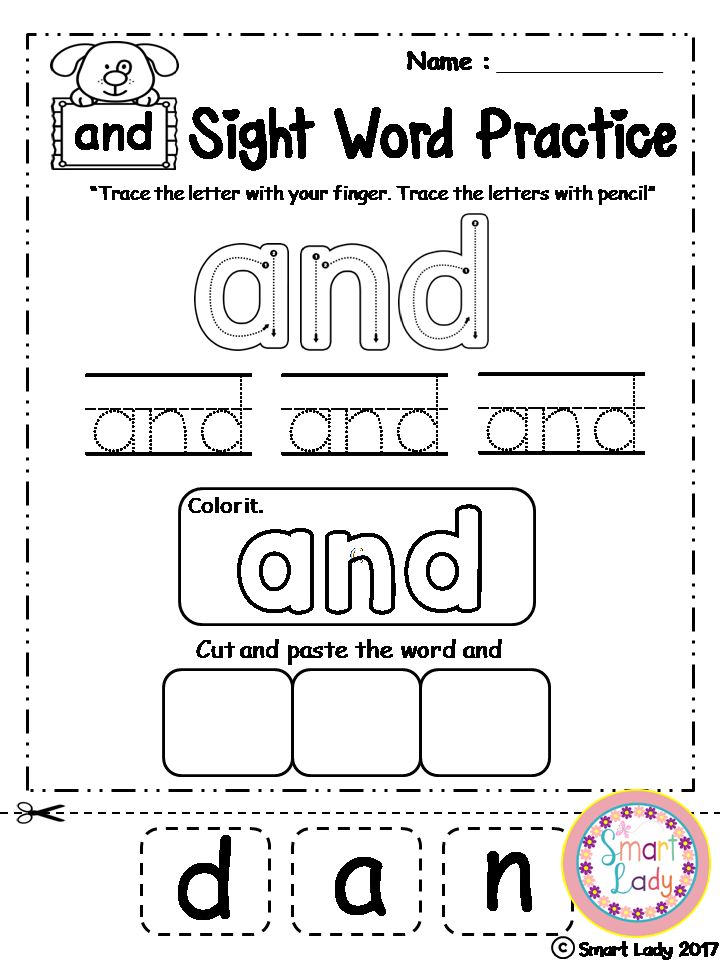 This increases the load on the intervertebral discs and spine, and can also lead to congestion in the lymphatic and cardiovascular systems. To avoid such problems, you should play sports, such as swimming or yoga. You can start a healthy lifestyle with a morning jog and daily walks.
This increases the load on the intervertebral discs and spine, and can also lead to congestion in the lymphatic and cardiovascular systems. To avoid such problems, you should play sports, such as swimming or yoga. You can start a healthy lifestyle with a morning jog and daily walks.
Foreign particles may enter the stomach, respiratory organs and eyes during manicure. Nail dust and harmful fumes from varnish irritate the upper respiratory tract and eventually lead to chronic bronchitis. They can cause headaches and eye inflammation. To prevent this from happening, it is worth using a MAX manicure vacuum cleaner during the procedures. Powerful hood quickly collects fine dust and foreign particles from the master's workplace.
Manicurists often practice irregular working hours, which adversely affects the quality of sleep and nutrition, worsening the functioning of the gastric tract and the cardiovascular system. With this routine, the eyes are also in constant tension - this negatively affects vision and can lead to serious and irreversible consequences.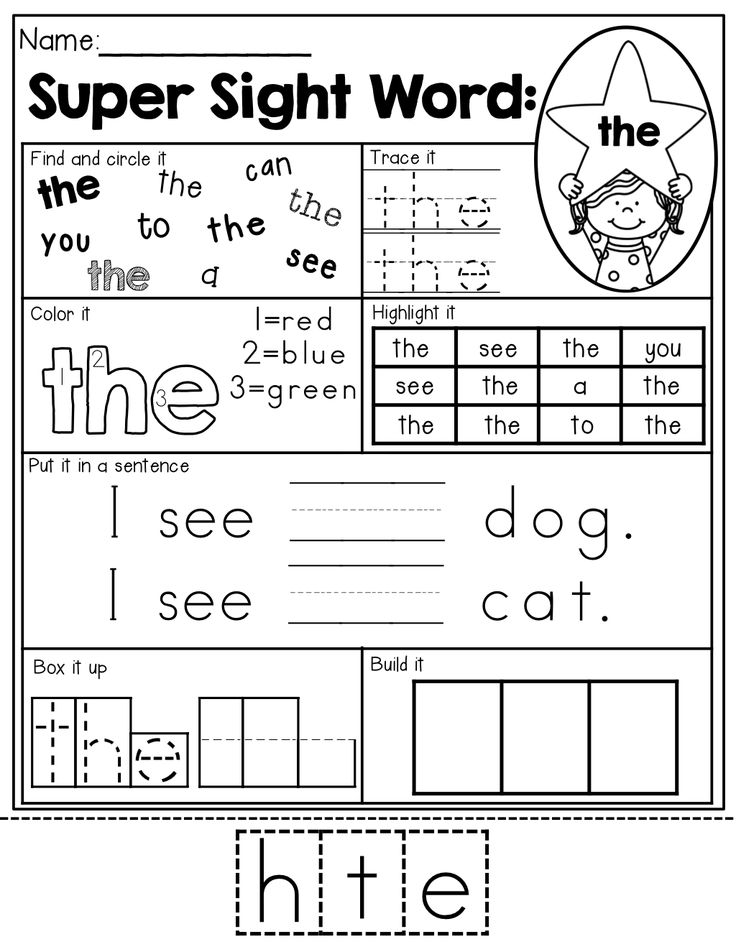 To avoid illness, you need to create your own schedule, including time for good nutrition and eye exercises.
To avoid illness, you need to create your own schedule, including time for good nutrition and eye exercises.
Workplace lighting plays an equally important role. Working with small details requires increased attention, and in the wrong light, the eyes are even more affected. In addition, manicurists rarely change focus, which can lead to nearsightedness. To solve this problem, you need to put a fluorescent lamp in the workplace, remove flashing and sparkling objects from the office, and also periodically do gymnastics for vision.
Eye health exercises
How can a manicurist avoid serious vision problems? It is necessary to add foods containing zinc, calcium, vitamins A, E, B (riboflavin) to the diet. You should perform preventive exercises to relax, maintain activity and tone the eye muscles. Ophthalmologists recommend to train the eyes at least 2 times a day for 10-15 minutes.
Given the specifics of the work, vision prevention is vital for every manicurist.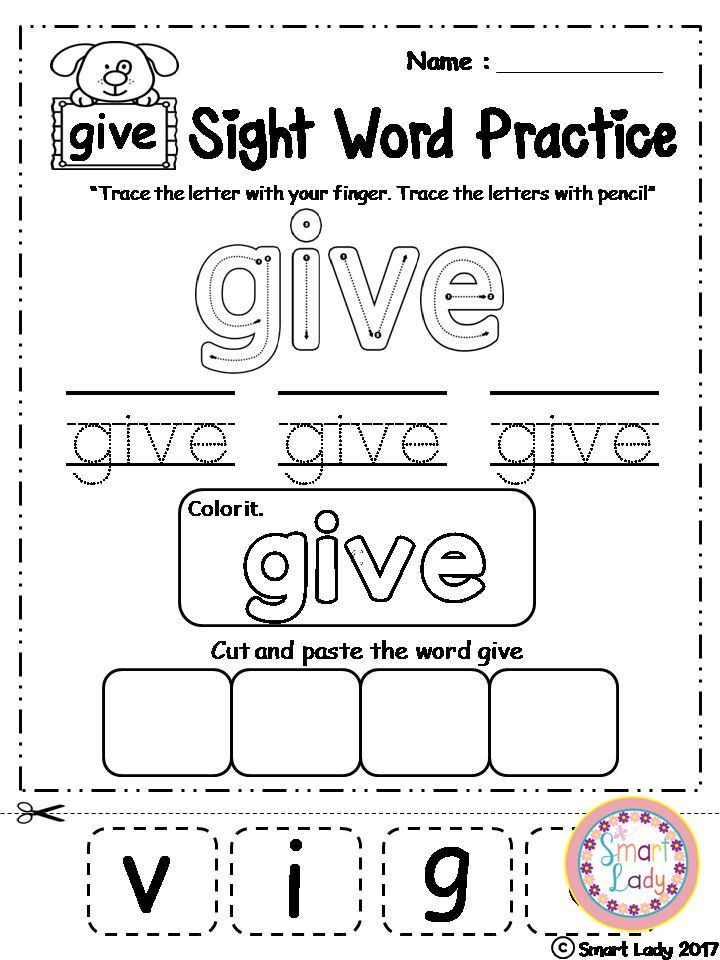 Here are examples of the most effective exercises:
Here are examples of the most effective exercises:
- Eye massage in the morning is an excellent prevention of vision and a way to wake up faster. With your eyes closed, you need to touch the eyelids using 3 fingers and lightly massage them in a circular motion. For maximum effect, perform 4 approaches.
- Closing alternately the left and right eyes, it is necessary to look from any nearby object to a distant one, and then back. This exercise is done after serving each customer.
- It is necessary to take a small object and hold it at eye level in an outstretched hand. Then you need to slowly move it from left to right, following it with your eyes. The head should not move, only the eyes. Repeat the exercise 5 times.
- Cover your open eyes with your hands. Keeping your head straight, look first up, then look down. Then look left and right. In the first position, the pupil should be 5 seconds. For effect, repeat the procedure 4 times.
- This exercise should be done in front of a window.
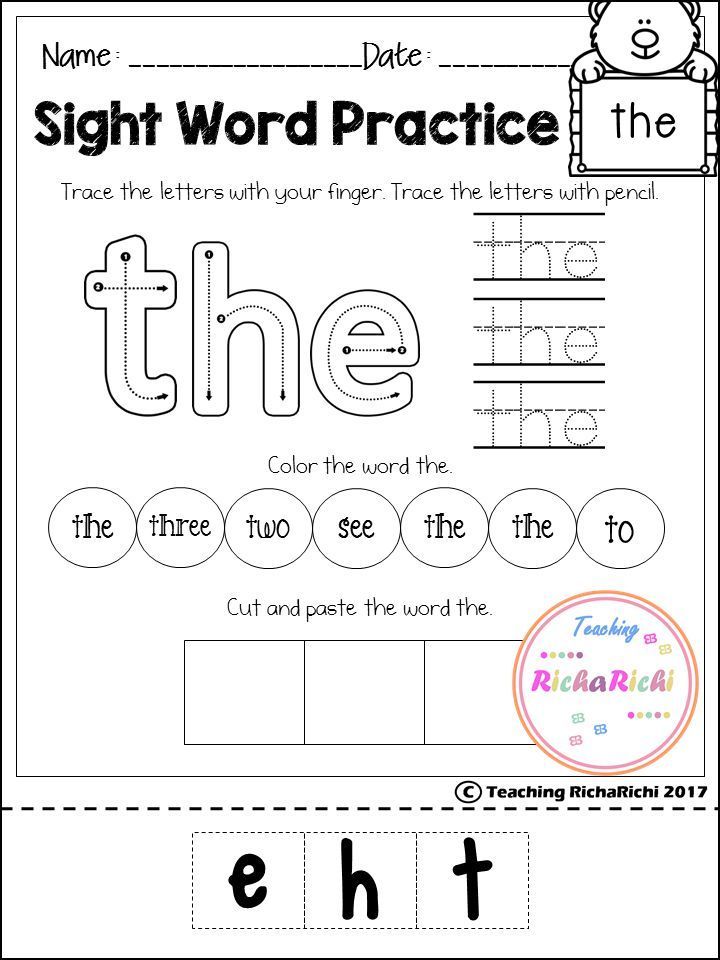
Learn more


